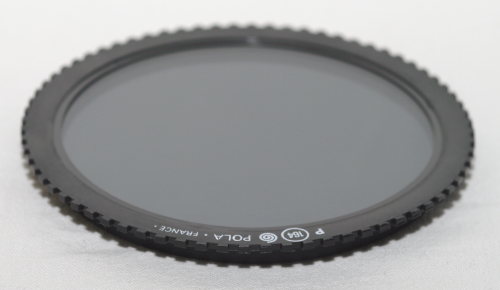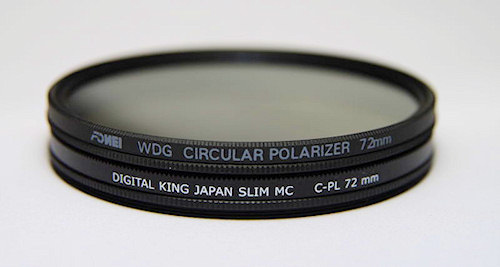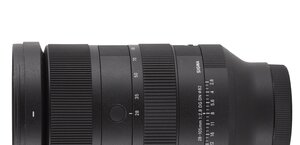Polarizing filters test - supplement
1. Introduction
After publishing our polarizing filters test new Hoya HD filters found their way to Polish shops, which, apart from a very catchy media name, were supposed to be mechanically resistant. We don’t pay special attention to that feature in our tests but, taking into account huge interest in these products, we decided to check their optical properties.
Hoya HD CIR-PL 72 mm |
Please Support UsIf you enjoy our reviews and articles, and you want us to continue our work please, support our website by donating through PayPal. The funds are going to be used for paying our editorial team, renting servers, and equipping our testing studio; only that way we will be able to continue providing you interesting content for free. |
- - - - - - - - - - - - - - - - - - - - - - - - - - - - - - - - - - - - - - - - - - - - - - - -
What’s more, in the commentaries below some people were complaining, and not without a reason, that we omitted the Cokin system filters. That system is very popular among more demanding users because it allows them more freedom of action when working with filters (especially graduating filters). It is based on a universal filter thread, suitable for all SLR cameras, video cameras, medium and large format cameras. As a result you don’t need to buy a lot of filters with different diameters to fit particular lenses. We can use one set of filters with all the lenses and an appropriate holder.
 Cokin filters system |
 Cokin CPL P164 |
The fact, that an ordinary filter can be simply put on and forgotten about and a filter with a holder must be put on and off constantly, can be considered a fault in the Cokin system. Maybe exactly because of this problem Cokin offers also an ordinary screw-on polarizing filter and we tested it, of course, as well.
 Cokin Circ. Polarizer 72 mm |
As a part of other updating of the test we added a Fomei WDG Circular Polarizer 72 mm filter and a King Digital Slim MC C-PL 72 mm.
 |
The testing procedure and the assessment criteria, adopted by us, are similar to those used in the previous test and described more precisely on the following page. This way we were able to compare the results directly but you must take into account the fact that in the flares testing the frame lightning changed due to different season (snow).
Homogeneity was assessed compared to the reference image, which, due to difficulties of practical nature, was not ideal. In order to eliminate any doubts we should make it clear from the beginning: the visible artifacts don’t come from the tested filters but from the reference beam.
 Reference image which was used during homogeneity test. |
Filters’ homogeneity is tested by a parallel light beam. The best tool for obtaining such a beam is a laser but its usage entails some difficulties. Regardless of the sharpness surface position of used lenses every obstacle on the light’s way is clearly visible in the picture. The laser beam behaves as if it came from an infinite spot source. That’s why every obstacle casts a shadow with sharp edges (you must just take diffraction into account). The pollution, seen in the picture, consists in fact of just single specks of dust with dimensions in micron scale, which were made look bigger in the beam enlarger system. Of course you can obtain a “clear” beam in laboratories through space filtration and high standards of cleanliness of all the elements in the system but in practice a slight beam pollution is allowed. The same situation takes place in case of cleaning photographic lenses – sometimes it’s better to leave one speck of dust than to try to clean the lens again and bring several others inside
You should also be aware that, due to significant price rise in the last months it is difficult to compare the prices given here to the filter prices from the previous test. It was the reason why we decided not to publish the Econo- ranking of the tested products.
Seizing this opportunity we would like to thank warmly all the distributors who lent us filters for our tests:










